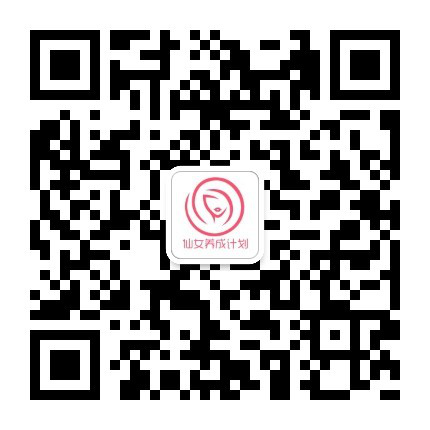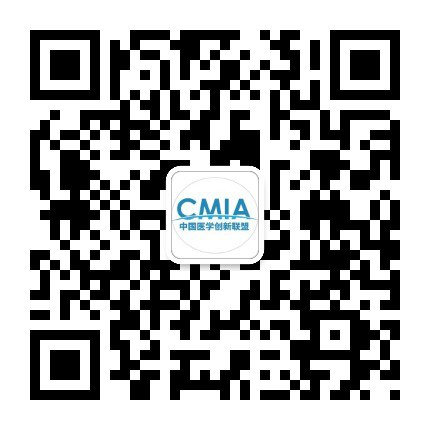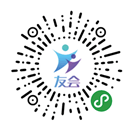JAMA 子刊:基层医师和开业护士在皮肤科实践中基于人工智能的皮肤状况诊断工具的开发和评估
基层医师和开业护士在皮肤科实践中基于人工智能的皮肤状况诊断工具的开发和评估
分享智慧
共同成长
摘要
重要性 大多数皮肤科病例最初是由非皮肤科医师(例如初级保健医师(PCP)或开业护士(NP))评估。
目的 评估基于人工智能(AI)的工具,以协助诊断皮肤病。
设计,场所和参与者 这项多读者,多案例的诊断研究开发了一种基于AI的工具,并对其实用性进行了评估。初级保健医师和NP回顾了一组代表120种不同皮肤状况的丰富病例。随机分组用于确保每位临床从业者在有或没有AI协助的情况下均对每个病例进行复查;每个临床从业者在每种方式的每批50例病例之间轮流交替。2020年2月21日至4月28日实施研究。2020年5月26日至2021年1月27日分析数据。
暴露 基于AI的辅助工具,用于解释临床图像和相关病史。
主要结果和措施 初步分析评估了与三名皮肤科医生针对PCP和NP所提供的参考诊断的一致性。次要分析包括活检确诊病例的诊断准确性,活检和转诊率,复查时间和诊断置信度。
结果 四十名临床从业者,其中包括20名基层医生和20名NP从远程皮肤病学实践中回顾了1048例病例,每个病例提供0到5个鉴别诊断情况。PCP分布在12个州,NP在9个州中平均拥有13.1年(2-34年)的经验,并在没有医生监督的情况下在初级保健中实践。人工智能辅助与参考诊断的较高一致性显著相关。PCP从48%增加至58%;NP从46%增至58%,增加幅度为12%(95%CI,10%-14%;P <.001),在二次分析中,PCP与活检获得的诊断为恶性,癌前或良性的诊断类别的一致性增加了3%(95%CI,-1%至7%),而NP增加了8%(95%CI,3%-13%) )。PCP对活检的期望率降低了1%(95%CI,0-3%),NPs降低了2%(95%CI,1%-3%)。PCP和NP的转诊需求率降低了3%(95%CI,1%-4%)。对于未指定皮肤科医生转诊的病例,诊断同意率对于PCPs增加10%(95%CI,8%-12%),NPs增加12%(95%CI,10%-14%),并且中位检查时间略有减少,PCP减少5(95%CI,0-8)秒,而NP减少7(95%CI,5-10)秒。
结论与相关性 人工智能辅助与PCP和NP诊断的改善(每8到10例中有1例)相关联,表明改善皮肤科医疗质量的潜力。
Abstract
Importance Most dermatologic cases are initially evaluated by nondermatologists such as primary care physicians (PCPs) or nurse practitioners (NPs).
Objective To evaluate an artificial intelligence (AI)–based tool that assists with diagnoses of dermatologic conditions.
Design, Setting, and Participants This multiple-reader, multiple-case diagnostic study developed an AI-based tool and evaluated its utility. Primary care physicians and NPs retrospectively reviewed an enriched set of cases representing 120 different skin conditions. Randomization was used to ensure each clinician reviewed each case either with or without AI assistance; each clinician alternated between batches of 50 cases in each modality. The reviews occurred from February 21 to April 28, 2020. Data were analyzed from May 26, 2020, to January 27, 2021.
Exposures An AI-based assistive tool for interpreting clinical images and associated medical history.
Main Outcomes and Measures The primary analysis evaluated agreement with reference diagnoses provided by a panel of 3 dermatologists for PCPs and NPs. Secondary analyses included diagnostic accuracy for biopsy-confirmed cases, biopsy and referral rates, review time, and diagnostic confidence.
Results Forty board-certified clinicians, including 20 PCPs (14 women [70.0%]; mean experience, 11.3 [range, 2-32] years) and 20 NPs (18 women [90.0%]; mean experience, 13.1 [range, 2-34] years) reviewed 1048 retrospective cases (672 female [64.2%]; median age, 43 [interquartile range, 30-56] years; 41 920 total reviews) from a teledermatology practice serving 11 sites and provided 0 to 5 differential diagnoses per case (mean [SD], 1.6 [0.7]). The PCPs were located across 12 states, and the NPs practiced in primary care without physician supervision across 9 states. The NPs had a mean of 13.1 (range, 2-34) years of experience and practiced in primary care without physician supervision across 9 states. Artificial intelligence assistance was significantly associated with higher agreement with reference diagnoses. For PCPs, the increase in diagnostic agreement was 10% (95% CI, 8%-11%; P < .001), from 48% to 58%; for NPs, the increase was 12% (95% CI, 10%-14%; P < .001), from 46% to 58%. In secondary analyses, agreement with biopsy-obtained diagnosis categories of maglignant, precancerous, or benign increased by 3% (95% CI, −1% to 7%) for PCPs and by 8% (95% CI, 3%-13%) for NPs. Rates of desire for biopsies decreased by 1% (95% CI, 0-3%) for PCPs and 2% (95% CI, 1%-3%) for NPs; the rate of desire for referrals decreased by 3% (95% CI, 1%-4%) for PCPs and NPs. Diagnostic agreement on cases not indicated for a dermatologist referral increased by 10% (95% CI, 8%-12%) for PCPs and 12% (95% CI, 10%-14%) for NPs, and median review time increased slightly by 5 (95% CI, 0-8) seconds for PCPs and 7 (95% CI, 5-10) seconds for NPs per case.
Conclusions and Relevance Artificial intelligence assistance was associated with improved diagnoses by PCPs and NPs for 1 in every 8 to 10 cases, indicating potential for improving the quality of dermatologic care.
原文链接:
https://jamanetwork.com/journals/jamanetworkopen/fullarticle/2779250
THE
不感兴趣
看过了
取消
不感兴趣
看过了
取消
精彩评论
相关阅读





 打赏
打赏


















 010-82736610
010-82736610
 股票代码: 872612
股票代码: 872612






 京公网安备 11010802020745号
京公网安备 11010802020745号
